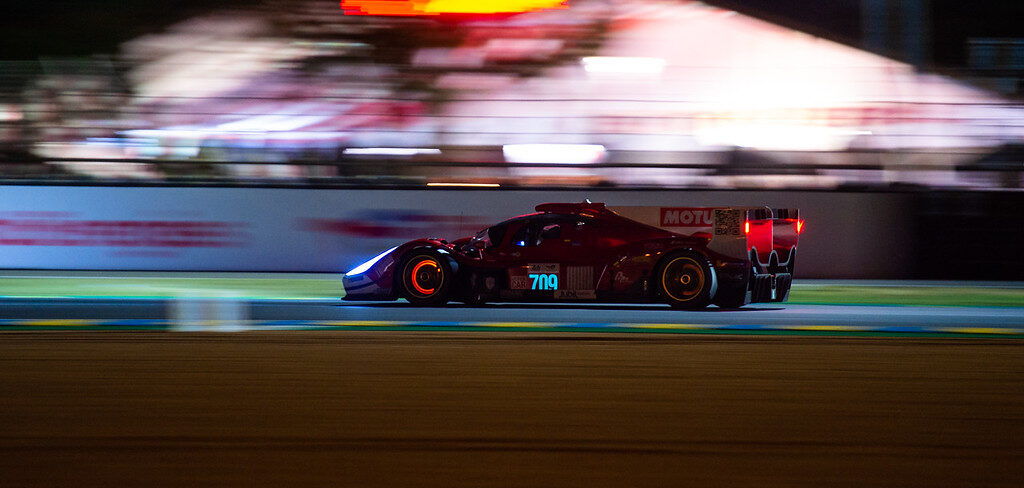At this year’s 100th Le Mans 24 Hours, Brembo will make its debut as an official partner and record its 35th consecutive year as the braking technology provider. A total of 44 out of 62 vehicles competing in the race, to be held on June 10-11, will be fitted with at least one component from Brembo, being either the discs, calipers or pads.
Due to the high-speed nature of the semi-permanent Sarthe circuit, it was crucial for Brembo engineers to balance lightness and rigidity to ensure optimal stopping power and reliability for entrants and their cars. For 2023, Brembo has developed friction components that, if managed and used correctly, will last the entire 24 hours without needing to be replaced. Furthermore, due to the low wear rate of the braking components, braking performance will be consistent throughout the endurance race.
Friction components installed on the Hypercar class of vehicles are manufactured using carbon to deliver effective heat dissipation. The discs fitted to these cars have also been optimized in terms of their size and ventilation – now with a maximum thickness of 38mm and maximum diameter of 380mm – and rated for 6,000km of driving. A total of 432 ventilation holes feature on each disc to enable an operating temperature between 250°C and 850°C.
The Le Mans Prototype (LMP2) class will also feature carbon discs; these will have a maximum thickness of 32mm and a maximum diameter of 380mm. They feature 48 ventilation holes and have the same working temperature range as the discs found on the Hypercar class. The Le Mans Grand Touring Endurance (LMGTE) class vehicles are equipped with cast-iron disc brakes with a maximum thickness of 35mm and maximum diameter of 390mm, rated for 4,000km. These discs, however, feature no ventilation holes and instead have 72 fins for cooling, enabling a working temperature range of between 250°C and 750°C.
“We are delighted to be Braking Technology Provider for the 24 Hours of Le Mans in its centenary year,” explained Daniele Schillaci, CEO, Brembo. “Brembo has been associated with motorsport for almost 50 years and this iconic competition has always been the world’s most keenly followed automobile event.
“Hypercars, prototypes and GT vehicles; we shall be equipping most of the cars in the competition, which is a laboratory for us. The race allows us to test and perfect new designs and solutions that can then be introduced in road vehicles.”



